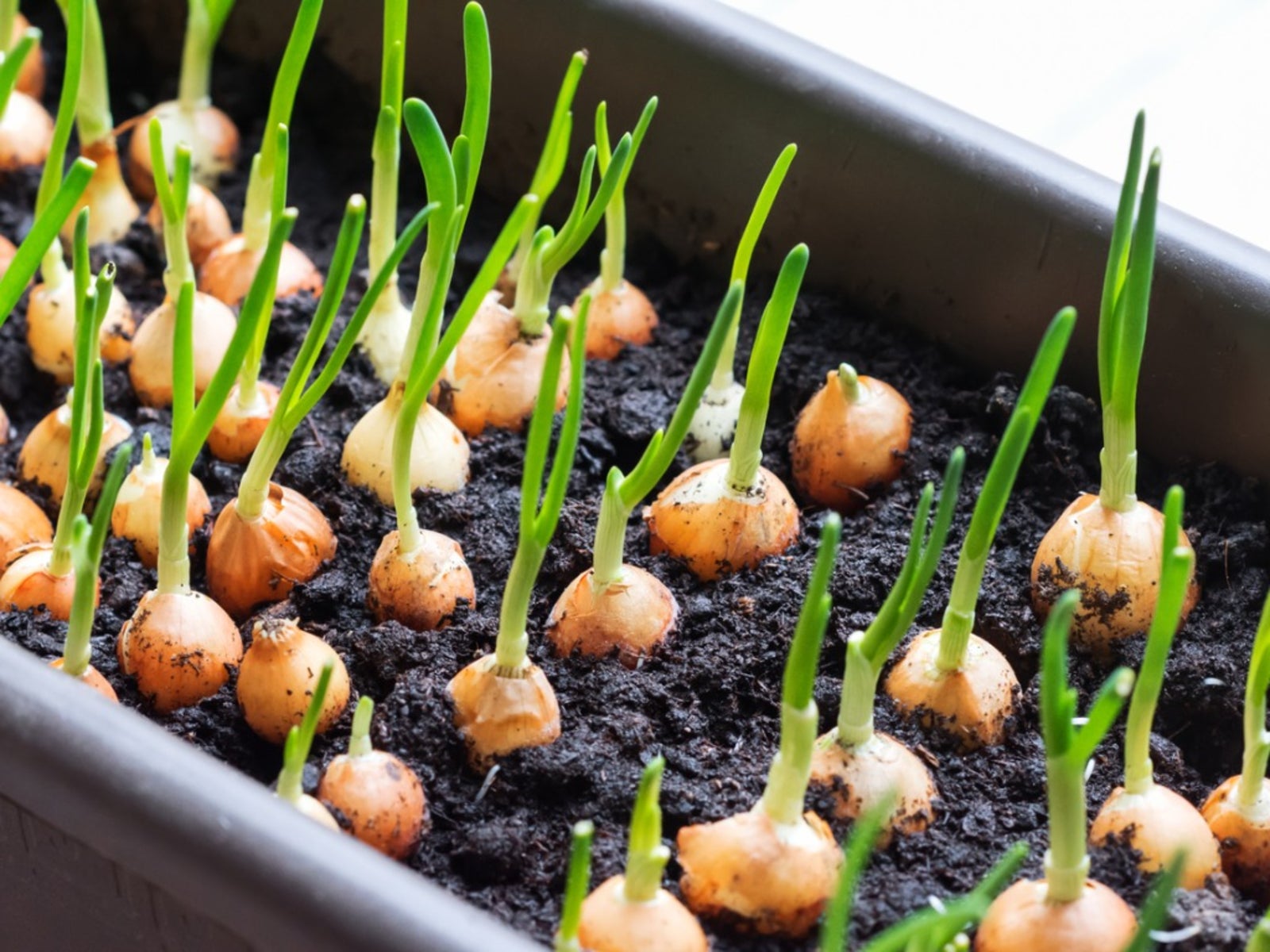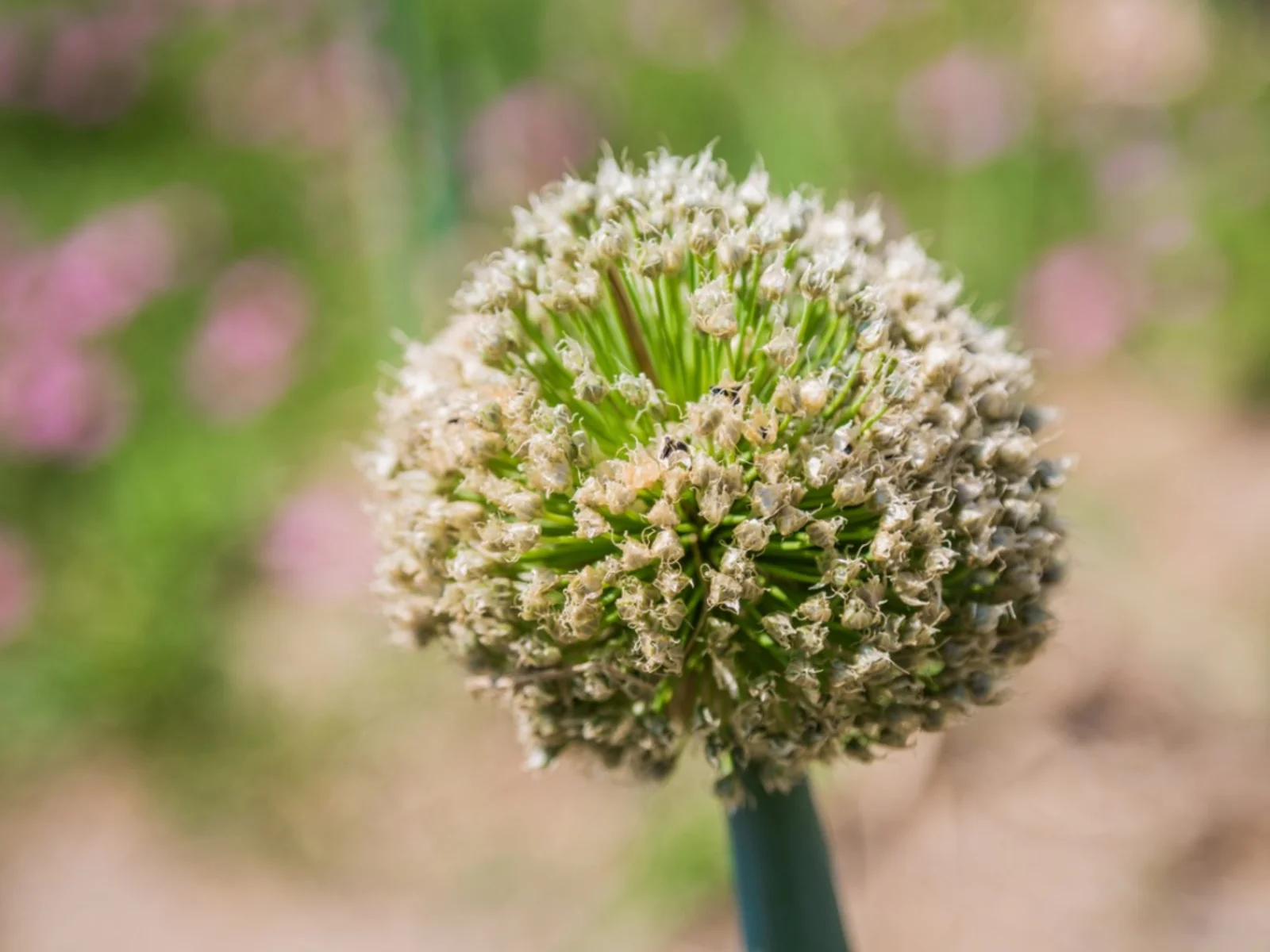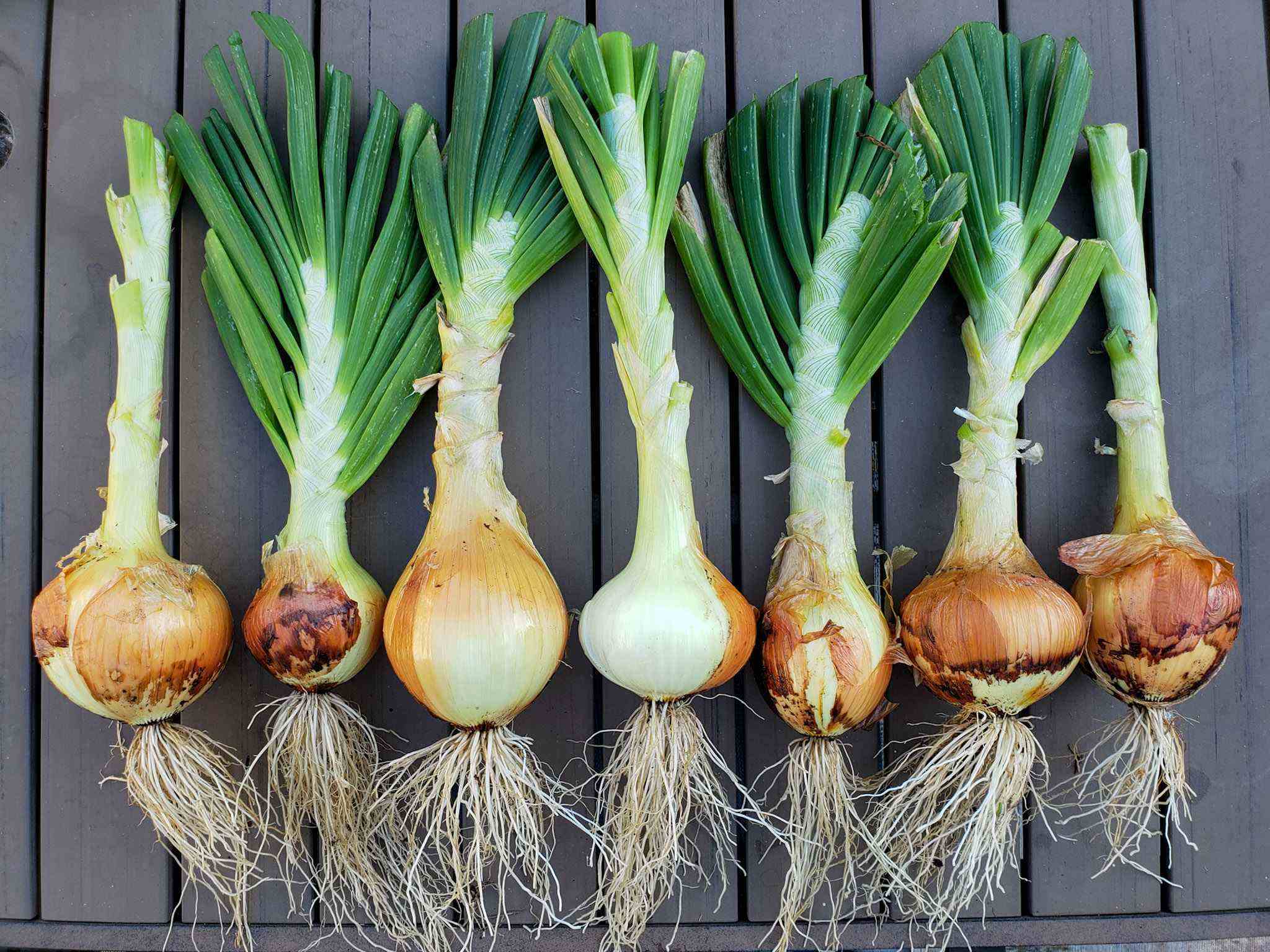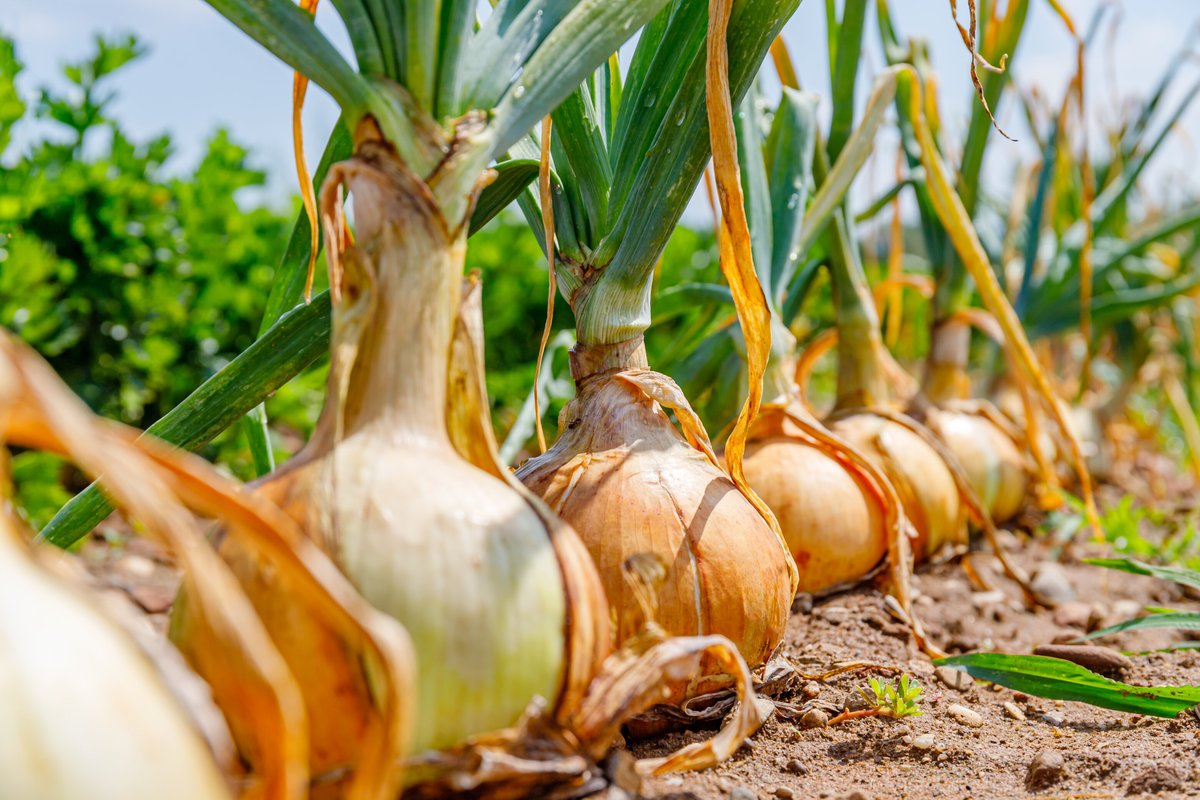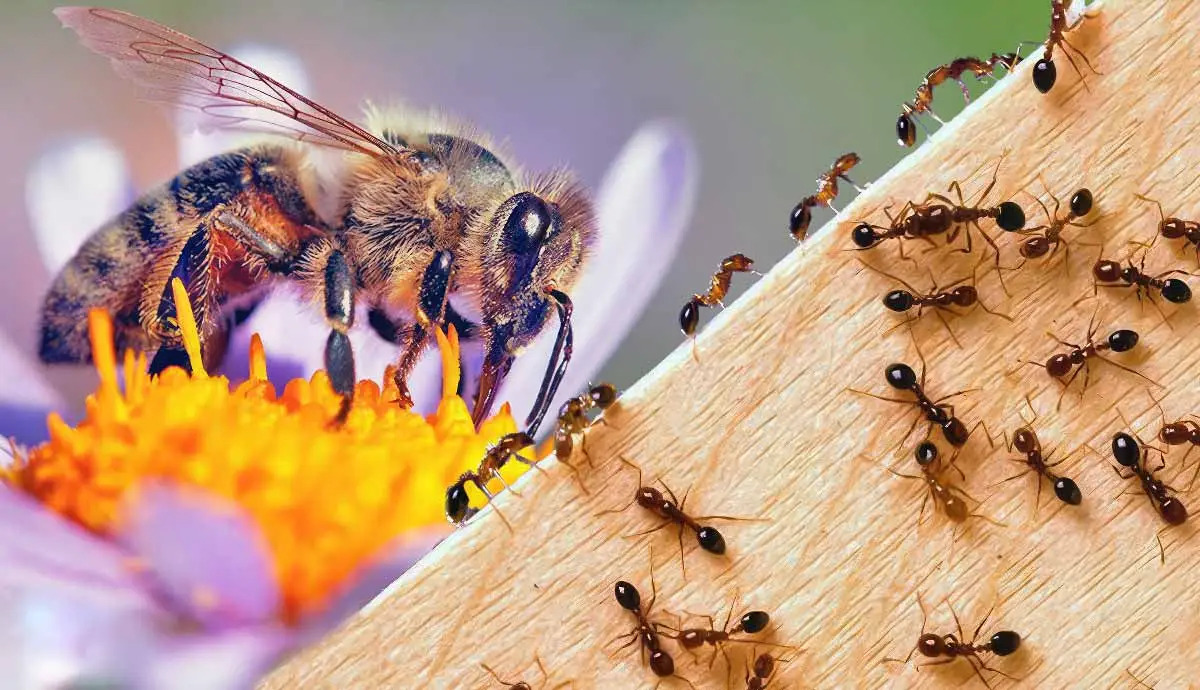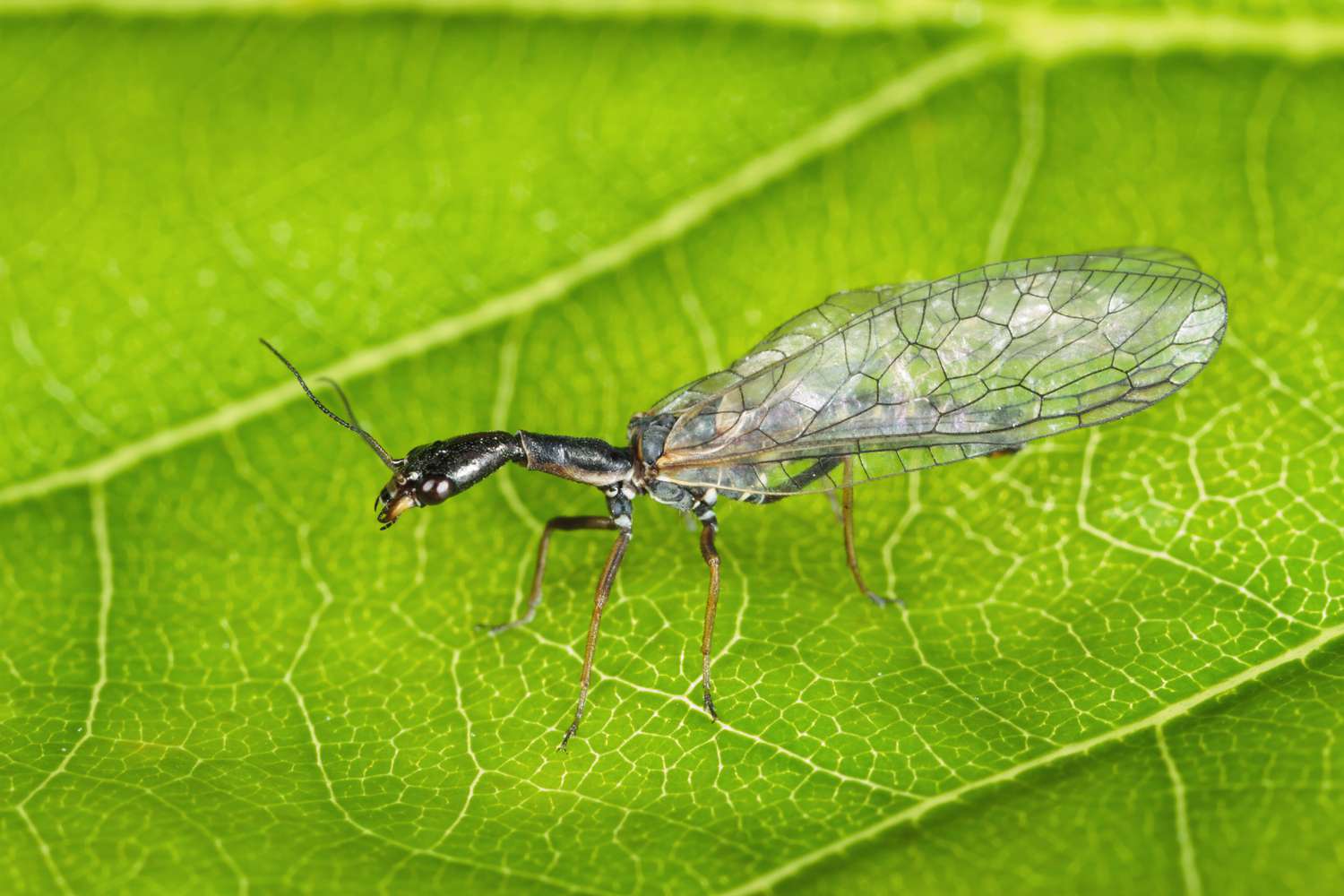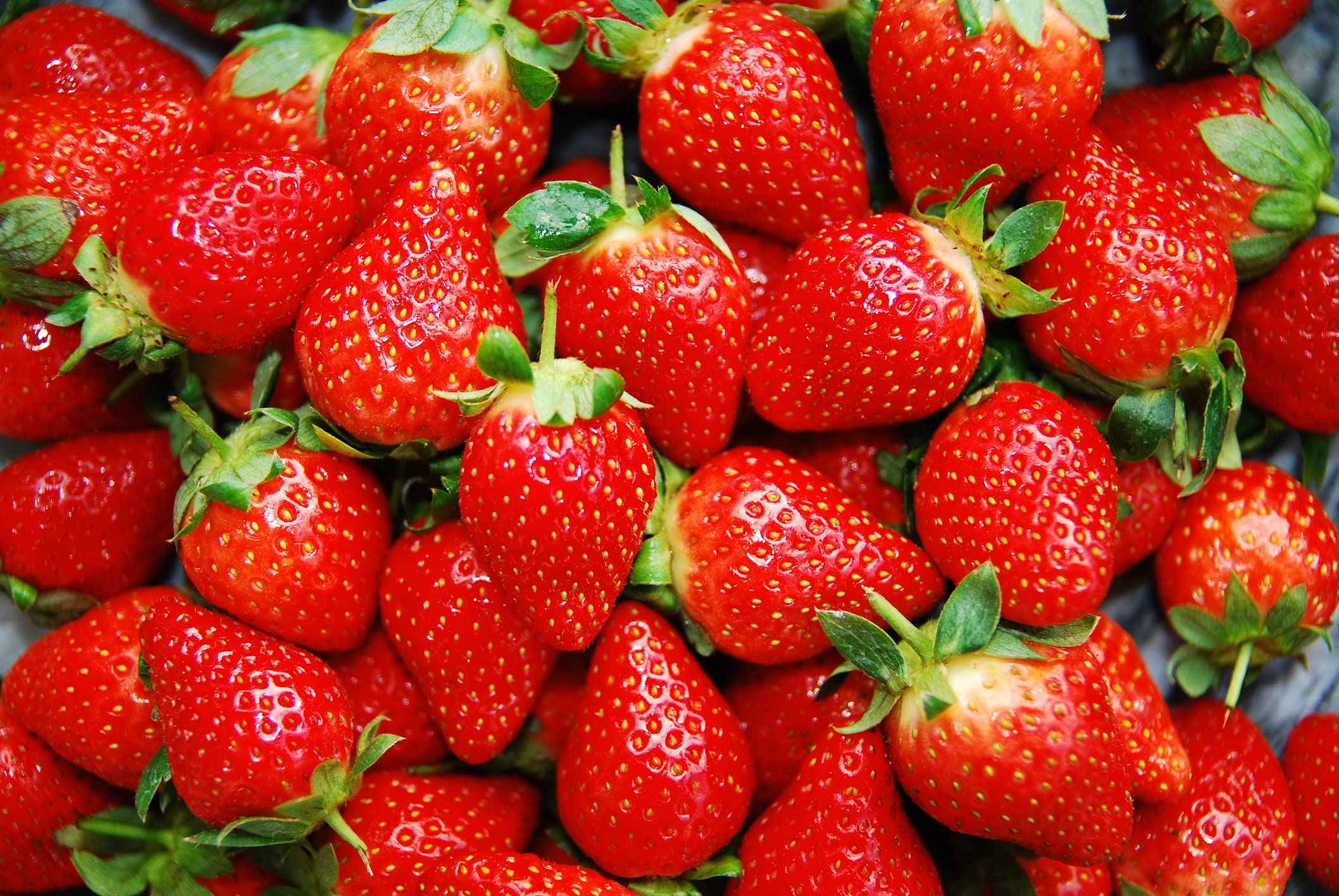Home>Gardening News and Trends>Latest News>How Many Calories Are In A Blooming Onion


Latest News
How Many Calories Are In A Blooming Onion
Published: January 10, 2024
Discover the Latest News on How Many Calories Are In A Blooming Onion. Stay informed and make healthier choices with our comprehensive calorie breakdown.
(Many of the links in this article redirect to a specific reviewed product. Your purchase of these products through affiliate links helps to generate commission for Chicagolandgardening.com, at no extra cost. Learn more)
Table of Contents
Introduction
The Blooming Onion is a popular appetizer that has gained quite a reputation for its indulgent and mouthwatering flavors. This deep-fried onion dish, often found on the menus of casual dining restaurants, has become a staple for many appetizer lovers.
Created in the 1980s by a restaurant chain in the United States, the Blooming Onion is known for its distinctive flower-like presentation. It is made by slicing an onion into multiple layers, separating them, and then dipping it into a batter before frying it to a crispy golden brown. The end result is a visually stunning and deliciously addictive treat.
While the Blooming Onion may be a crowd favorite, it is important to be mindful of its nutritional content. Like many deep-fried dishes, the calorie count can be quite high. However, by understanding the calorie breakdown and making some smart choices, it is possible to enjoy this appetizer without guilt.
In this article, we will explore the calorie content of a Blooming Onion, how it is prepared, and factors that can affect its calorie count. We will also provide some tips on how to reduce calorie intake from Blooming Onions while still savoring their flavor and crunch. So, if you’re a fan of this delicious appetizer and want to know more about its nutritional value, keep reading!
Understanding Blooming Onion
The Blooming Onion is a unique and delicious appetizer that has gained popularity for its impressive presentation and satisfying taste. It is made from a large onion, typically a sweet Vidalia or Spanish onion, which is carefully cut into a blooming shape. The onion is sliced vertically from the top down, but not all the way through, leaving the bottom intact. This gives the onion a flower-like appearance when cooked.
Once the onion is cut, it is soaked in ice water to help it open up, allowing the petals to separate. The onion is then coated in a flavorful batter made from a combination of flour, breadcrumbs, and various spices. This coating helps to enhance the taste and texture of the final dish.
After the onion is coated, it is deep-fried until it becomes crispy and golden brown. The result is a visually stunning appetizer with layers of crunchy petals. The flavor is a combination of the sweet and savory taste of the onion itself, along with the crispy exterior from the batter and the added seasonings.
The Blooming Onion is often served with a dipping sauce, such as a tangy ranch dressing or spicy chipotle sauce, to complement the flavors and add an extra element of indulgence. It is typically enjoyed as an appetizer or shared dish, perfect for gathering with friends or family.
It is important to note that while a Blooming Onion may be a delicious treat, it is not the healthiest option due to its deep-fried nature. However, by understanding its calorie content and making mindful choices, it is still possible to enjoy this appetizer while being conscious of your overall dietary intake.
How Are Blooming Onions Prepared?
The preparation of a Blooming Onion requires a few simple steps that come together to create a crispy and flavorful appetizer. Here’s a breakdown of how this popular dish is prepared:
- Choose the right onion: The key to a successful Blooming Onion is selecting the right type of onion. Sweet Vidalia or Spanish onions are commonly used due to their mild and slightly sweet flavor. These onions have larger bulbs, making them easier to cut and shape.
- Cut the onion: To start, remove the skin of the onion and trim the top and bottom. Place the onion upright on a cutting board and carefully make vertical cuts, about ¼ inch apart, from the top down. Be sure to stop just before reaching the bottom, as you want to keep the onion intact.
- Soak in ice water: Once the onion is cut, place it in a bowl of ice water for about 30 minutes. This helps the petals to loosen and open up, creating the distinct blooming shape.
- Prepare the batter: While the onion is soaking, you can prepare the batter. In a bowl, mix flour, breadcrumbs, and your choice of seasonings. Common spices used include paprika, garlic powder, salt, and pepper. This creates a flavorful coating for the onion.
- Coat the onion: Remove the onion from the ice water and gently pat it dry with a paper towel. Carefully coat the onion with the batter, making sure to cover each petal. Press the batter into the crevices to ensure an even coating.
- Deep fry: Heat oil in a deep fryer or large pot to about 350°F (175°C). Carefully lower the coated onion into the hot oil, petals-side up. Fry the onion for about 4-5 minutes, or until it turns a golden brown color.
- Drain and serve: Using a slotted spoon or tongs, carefully lift the Blooming Onion out of the oil and let it drain on a paper towel-lined plate. This helps to remove any excess oil. Transfer the onion to a serving plate, with the petals spread open to showcase its beautiful shape.
- Serve with dipping sauce: To complete the dish, serve the Blooming Onion with a side of your favorite dipping sauce. Common choices include ranch dressing, spicy mayo, or barbecue sauce. The creamy and tangy sauces pair well with the crunchy onion petals.
Now that you know how a Blooming Onion is prepared, you can appreciate the effort and skill that goes into creating this delectable appetizer. Keep in mind that deep frying can increase the calorie content, so it’s important to be aware of your portion size and enjoy it as an occasional treat.
Calorie Breakdown of a Blooming Onion
It’s no secret that the Blooming Onion is a deliciously indulgent appetizer. However, its calorie content can be quite high due to the deep-frying process and the batter used. Let’s take a closer look at the calorie breakdown of a typical Blooming Onion:
The exact number of calories in a Blooming Onion can vary depending on the size of the onion and the specific recipe used. On average, a medium-sized Blooming Onion, weighing around 440 grams, contains approximately 1550 calories.
The majority of these calories come from the frying process. Deep-frying adds a significant amount of fat, as the onion absorbs some of the oil used for frying. On average, a Blooming Onion contains around 120 grams of fat, contributing to approximately 1080 calories.
Additionally, the coating made from flour and breadcrumbs adds carbohydrates to the dish. A Blooming Onion typically contains around 150 grams of carbohydrates, providing approximately 600 calories.
Protein content in a Blooming Onion is relatively low compared to fat and carbohydrates. On average, it contains around 15 grams of protein, contributing to approximately 60 calories.
It’s important to note that the calorie count mentioned above is an estimate and may vary depending on the specific recipe and preparation method used. Additionally, these values may change if any additional ingredients or modifications are made to the traditional Blooming Onion recipe.
Considering the high calorie content, it’s important to enjoy a Blooming Onion in moderation, especially if you’re watching your calorie intake. It’s best to treat it as an occasional indulgence rather than a regular part of your diet.
If you’re looking to reduce the calorie intake from a Blooming Onion, there are a few things you can do. Opting for a smaller size or sharing the dish with others can help reduce the overall calorie intake. Additionally, you can try baking the onion instead of deep frying it to cut down on the amount of oil and fat used.
Now that you have a better understanding of the calorie breakdown of a Blooming Onion, you can make informed decisions about including it in your meal plan. Remember, moderation is key when it comes to enjoying this delightful appetizer.
Factors Affecting Calorie Content
The calorie content of a Blooming Onion can be influenced by several factors. Understanding these factors can help you better assess the calorie count and make informed choices. Here are some key factors that can affect the calorie content of a Blooming Onion:
- Size of the onion: The calorie count of a Blooming Onion can vary depending on the size of the onion used. Larger onions will naturally have more calories due to their increased size and volume.
- Batter and coating: The type and amount of batter and coating used can significantly impact the calorie count. A thicker batter or a heavier coating will add more calories to the final dish. Additionally, using ingredients like breadcrumbs, which can absorb more oil during frying, can increase the overall calorie content.
- Deep-frying method: The method of deep frying can also affect the calorie content. The temperature and duration of frying can impact how much oil the onion absorbs. Longer frying times and lower temperatures can result in more oil absorption and thus increase the calorie count.
- Dipping sauces: The choice of dipping sauces can add extra calories to the overall dish. Creamy dressings like ranch or mayonnaise-based sauces tend to be higher in calories compared to lighter options like salsa or vinegar-based dips. Be mindful of the amount of sauce you use to control the calorie intake.
- Additional ingredients: Some recipes may include additional ingredients or toppings, such as cheese, bacon, or fried jalapenos, which can add further calories to the Blooming Onion. These toppings can enhance the flavor but also increase the calorie count, so it’s important to take them into account.
By considering these factors, you can better manage the calorie content of a Blooming Onion and make choices that align with your dietary needs and preferences. Remember, making conscious decisions about portion sizes, cooking methods, and accompaniments can help you enjoy this tasty appetizer without going overboard on calories.
Tips for Reducing Calorie Intake from Blooming Onions
If you’re a fan of Blooming Onions but want to reduce your calorie intake, there are some strategies you can implement. By making a few simple tweaks to the preparation and serving, you can still enjoy the delicious flavors while cutting down on some of the calories. Here are some tips to help you reduce calorie intake from Blooming Onions:
- Opt for a smaller size: Choosing a smaller onion or requesting a smaller portion size can help control the calorie intake. A smaller Blooming Onion will naturally have fewer calories than a larger one.
- Bake instead of deep fry: To cut down on the amount of oil and fat used, consider baking the Blooming Onion instead of deep frying it. Preheat your oven to around 400°F (200°C) and place the coated onion on a baking sheet lined with parchment paper. Bake for approximately 25-30 minutes, or until the onion is tender and golden brown.
- Use a lighter batter: Experiment with lighter batter options to reduce the calorie content. Instead of a heavy flour and breadcrumb coating, consider using a mixture of panko breadcrumbs and seasonings. This can still provide a crunch while minimizing the calorie load.
- Control portion sizes: Instead of devouring a whole Blooming Onion by yourself, share it with friends or family. Not only will this help to reduce the number of calories consumed, but it can also enhance the dining experience as you bond over a shared appetizer.
- Choose healthier dipping sauces: Opt for lighter and lower-calorie dipping sauces to accompany your Blooming Onion. Salsa, hot sauce, or a light vinaigrette can add flavor without adding a significant amount of calories. Alternatively, you can also try making your own healthier dipping sauces using Greek yogurt as a base.
- Add more veggie toppings: To enhance the nutritional value of the Blooming Onion, consider adding more vegetable toppings. Opt for fresh chopped herbs or diced tomatoes as a garnish. This adds color, freshness, and a variety of textures, without contributing many extra calories.
- Serve with a side salad: Balancing the calorie content of the Blooming Onion with a refreshing side salad can help make it a more well-rounded meal. A simple salad with mixed greens, cherry tomatoes, and a light dressing can provide fiber, vitamins, and minerals to complement the indulgent appetizer.
By implementing these tips, you can enjoy a Blooming Onion with a reduced calorie intake while still savoring the flavors and textures that make it so enticing. Remember, it’s all about finding a balance between indulgence and mindful eating.
Conclusion
The Blooming Onion is undoubtedly a crowd-pleasing appetizer that combines visual appeal with irresistible flavors. However, it is important to be mindful of its high calorie content, which primarily comes from the deep-frying process and the batter used. Despite this, there are ways to enjoy a Blooming Onion without completely sacrificing your dietary goals.
Understanding the calorie breakdown of a Blooming Onion, and considering factors such as the size of the onion, the batter and coating used, and the choice of dipping sauces, can help you make informed decisions about portion sizes and preparation methods. Additionally, implementing tips such as opting for smaller sizes, baking instead of deep frying, using lighter batters, and serving with healthier accompaniments can further reduce the calorie intake.
While it’s important to enjoy the occasional indulgence, moderation is key. The Blooming Onion can still be enjoyed as a treat or shared with others, but it shouldn’t be a regular part of your everyday menu. It’s about finding a balance between satisfying your cravings and maintaining a healthy lifestyle.
Remember, every dish and ingredient has its place within a well-rounded diet. So, if you’re looking for a flavorful and visually appealing appetizer, go ahead and savor that Blooming Onion, keeping in mind these strategies to help manage the calorie intake and overall nutritional impact.
Celebrate the moments when you can enjoy this scrumptious treat, and embrace a balanced approach to your overall dietary choices. Bon appétit!
